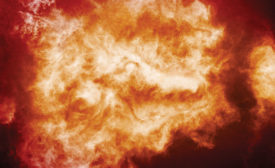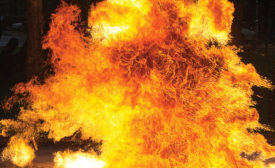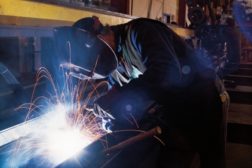Home » Keywords: » hot work
Items Tagged with 'hot work'
ARTICLES
Hot work: A permit is only a piece of paper
Take extra precautions when fire risk is involved
December 15, 2017
After hot work fatality, DuPont improves safety procedures
Changes recommended by CSB
July 24, 2013
Become a Leader in Safety Culture
Build your knowledge with ISHN, covering key safety, health and industrial hygiene news, products, and trends.
JOIN TODAYCopyright ©2025. All Rights Reserved BNP Media.
Design, CMS, Hosting & Web Development :: ePublishing




